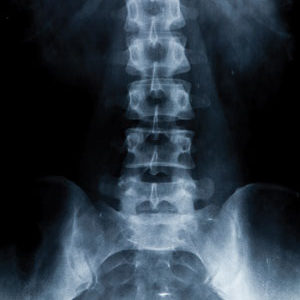X-ray is the oldest and most frequently used form of imaging to see inside the human body. It uses a focused beam and a special detector to obtain images of body anatomy. It is also a safe and generally non-invasive procedure. Fluoroscopy is a special technique that uses x-rays to see the body’s internal structures and organs in motion.
X-rays are absorbed by different body tissues in varying degrees. Dense tissue, like bone, absorbs most x-rays and appears white on the image. Less dense tissues appear in shades of gray. X-rays that pass through air, like in the lungs and colon, aren’t absorbed at all and appear black on the image.
The x-ray is used for a variety of reasons when images of internal body structures are needed.

